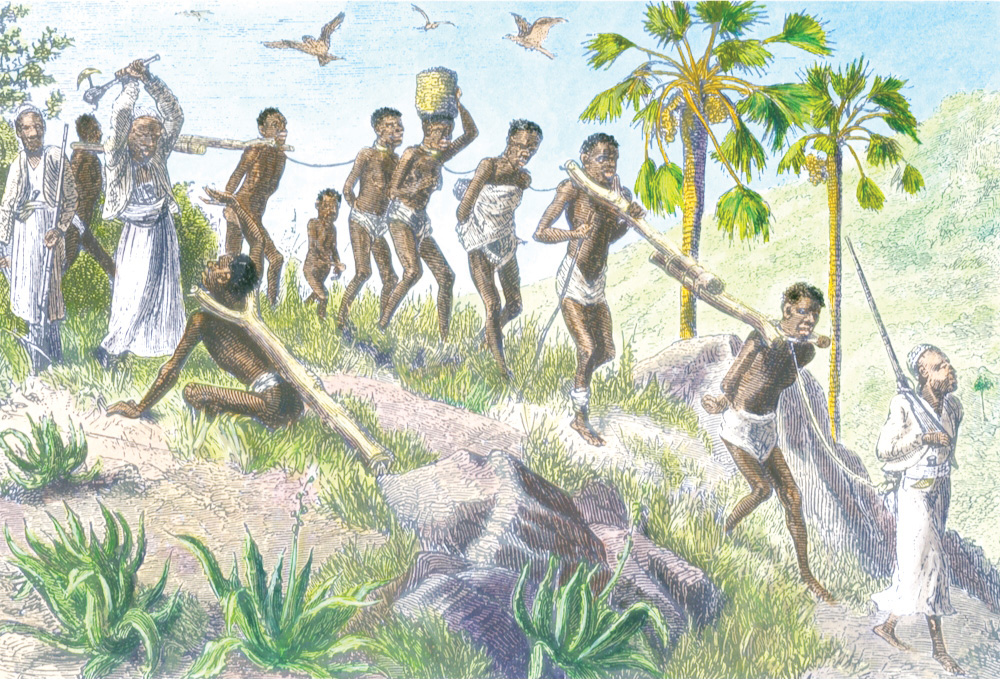According to popular history, on or about August 20, 1619, twenty-odd captured Angolans were brought to Port Comfort and sold to merchants around Jamestown, Virginia. Those facts have been documented and agreed upon by many historians. Based upon them, writer Lerone Bennett wrote his widely-read Black history book, “Before the Mayflower” and Nikole Hannah Jones wrote and initiated the papers, now known as Project 1619. It was surrounding those facts that a 400-year commemoration was held in Virginia in 2019.
Beyond the bare facts in the first sentence above, however, questions have been and continue to be raised about the matter of the enslavement of African people in the Americas. Given that situation, it becomes important for individuals to study and come to know the truth and not be misled. It also becomes important for teachers to be free to teach the truth to the youth under their tutelage.
There are some historians who would insist that the Africans brought to Port Comfort and sold for food be considered as indentured servants rather than slaves. Their position is that Virginia did not codify matters creating the condition of permanent slaves as opposed to temporary, indentured servants until the 1660s. They assert that prior to that time, even the 20-odd Angolans were only indentured servants.
While it is true that the laws had not been put in place, it was already clear in practice that Africans were treated differently and had not “arrived” as volunteer servants. The way in which the Angolans had been traded for food indicated that they were considered property, not humans as were European indentured servants. All of the evidence points to them as having been slaves rather than indentured servants.
Thus, point number one is that those captured Africans were slaves, as history came to call such persons. They were the first African peoples “brought” into the English colonies that eventually became the United States of America.
We deliberately phrased the last sentence as we did in order to point to the second question about the arrival of those Africans in 1619. As many historians agree, those Africans were the first in the English colonies, but not the first in an area that eventually came to be called the U.S.A.
The Spanish had established a colony, San Miguel de Gualdape, in what is now South Carolina that utilized enslaved African as laborers in 1526. Those Africans rebelled and abandoned the colony the next year. That effort would have to qualify as the first use of African people as slaves in the U.S.A., although there were other Spanish colonies that used them later. It is only because of the Anglo-Saxon brand of white supremacy, that Virginia is ever considered as the first to introduce Africans as slave laborers in the U.S.A.
When seriously studying African slavery in America, the role of racism almost inevitably presents itself. After all, the institution of slavery is almost as old as human society. The questions are, in what ways was the enslavement and treatment of Africans different from slavery elsewhere? Why was the treatment of enslaved Africans so different?
The enslavement of Africans was different in that the victims included more than mere captives of war or victims of serious indebtedness. Africans were also kidnapped or secured by slave traders who paid to have them captured. There was no year of jubilee provision, wherein enslaved people were to be freed regardless of indebtedness, as is mentioned in ancient Jewish scripture. There were no provisions whereby slaves could become regular citizens or even high officials after their enslavement, as was the case in many other societies. The American enslavement of Africans was a new day.
The enslaved Africans in America were simply at the mercy of their individual owners. They were also selected because of their race and ethnicity.
Beginning with Pope Urban II, the Christian church gave sanction to the capturing of “heathens” and “infidels.” Following that time, many Africans were so categorized by Europeans and Americans. In addition to the broad-brush painting of African peoples, European slave traders did not consider African people as humans. As they did the Native Americans, they considered Africans as savages, to be used for the work and wealth of them and their communities.
Evolving from the early religious pronouncements and ethnocentric notions, one can study the laws and slave codes of the English colonies and American states and see the racist nature of the enslavement of Africans. The Dred Scot decision was the ultimate, though not the first nor last, pronouncement on African people and the institution of slavery. It stated that Dred Scott, an enslaved Black man, was not a citizen and therefore could not file suit in federal court for his freedom. It went on to say that “negroes had no rights which a white man was bound to respect.” In short, there were no legal remedies for enslaved Africans, no matter how they were treated.
Whether one starts with 1619, 1526, or some other date, it is a historical fact that enslaved Africans have been subjected to an institution or system of slavery that was based upon race and has been one of the most cruel and inhumane in the world. It is also a historical fact that they have not been provided reparations as were accorded Native Americans, interned Japanese, or even slave-owners after the Civil War. Yet, African people have labored on and helped transform America into the economic envy of the world.







